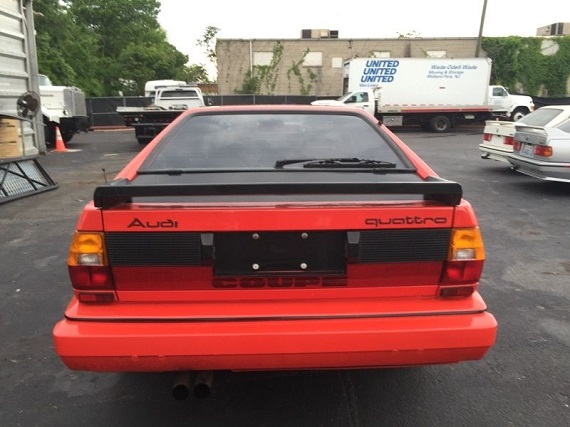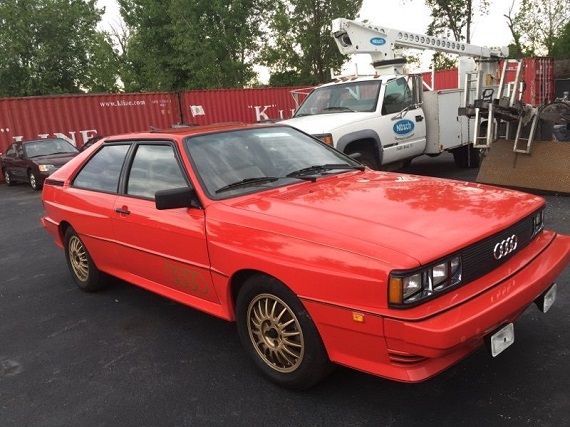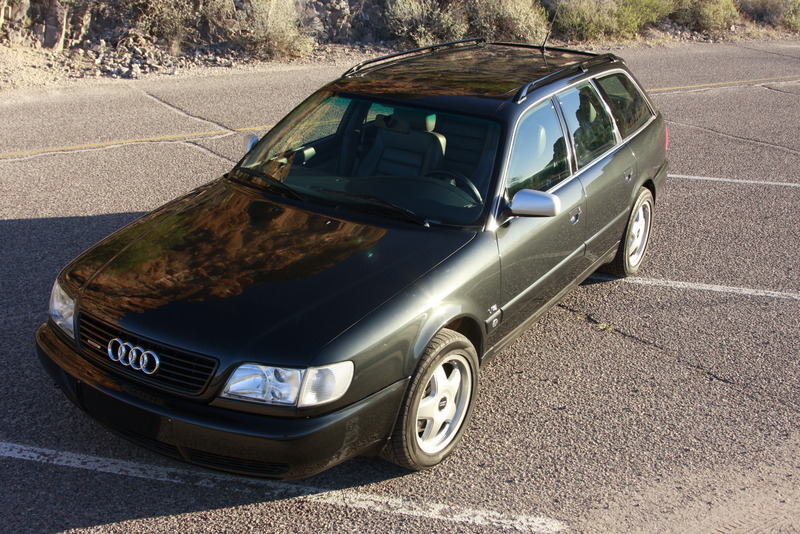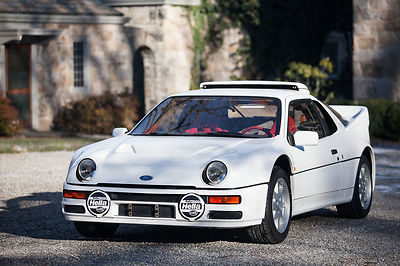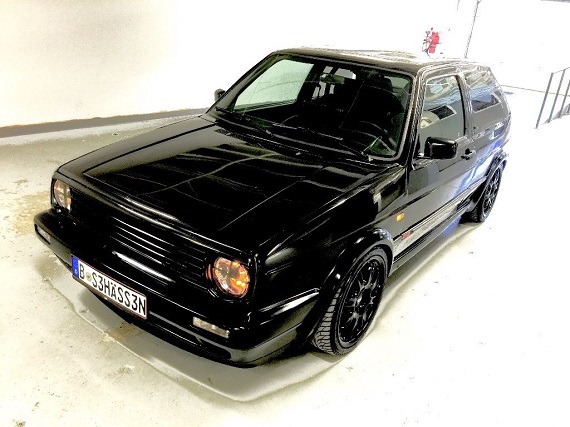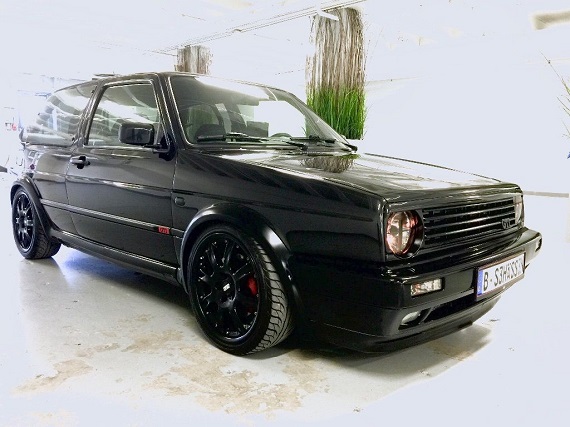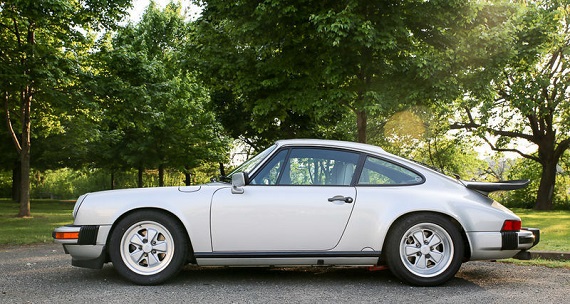If the end of the the Group B era was the RS200 I wrote up yesterday, the signature car of the rule set still has to be the Audi Quattro. There’s been a renaissance of the history of the Quattro; like the E30 M3, it wasn’t quite as successful at any given moment as fans of each tend to claim. The Quattro was far from dominant in World Rally – but it was evocative, as the close battles with Lancia, Peugeot and Ford produced the legendary sounds, sights and sensations that still send chills up the spines of anyone who sees these cars in person. The noise of the Quattro alone is legendary and the off-road soundtrack to the 1980s. I’d like to think I capture a little bit of that every time I start up my Coupe GT, but though it sounds really neat it’s nothing compared to the raucous screams of the last E1 cars. It was what made the Quattro the legend that it is. Although the WRC cars were a different breed than the road-going luxury versions, still they were simply put the fastest way to cover ground in any weather in the early 1980s. It helped that they were quite good looking, too, in their own chunky way:
Author: Carter
One of the more amazing custom vehicles I’ve come across in my time writing here is also one of the most discrete. Upon seeing this Volcano Mica Audi Avant, most would probably dismiss it as just another S6 – but the secret identity of this wünderwagon lies beneath the subtle exterior upgrades. Not only did it start life as a mild-mannered A6, but the conversion to an S car went one step farther than normal in mimicing the European-market S6 Plus. The creation is unique, impressive, and semi-inexplicably still for sale today, some 6 months after I originally looked at it:
CLICK FOR DETAILS: 1997 Audi A6 Avant S6 Plus Conversion on eBay
The below post originally appeared on our site December 15, 2015:
1 CommentNow, before you start shouting at your screen that there’s a blue oval appearing here, I’m aware that Ford is an American-based company. I could go into theatrics about how we’re actually speaking a form of German to attempt to rationalize a Ford appearing on these pages, or I could point out that Henry Ford was awarded the Grand Cross of the Supreme Order of the German Eagle on his 75th birthday – the only American to ever receive this award. Of course, that and Ford’s inclusion in Mein Kampf probably aren’t highlights in the storied history of the family or the company. But it does point towards Ford’s reach across the globe, and indeed the European branch of Ford is Ford of Europe AG, headquartered in Cologne, Germany. If that still isn’t German enough for you, let’s just say that once in a while something that’s partly non-German pops up that we’d like to cover. While usually that’s a Swedish car, today it’s a Ford. But this isn’t just any Ford, okay?
The RS200 was conceived in a world for a world that, by the time it came to fruition, no longer existed. Built to maximize the Group B rules, Ford spanned Europe looking for the best talent to make the RS200 a winner. The body of the car was Italian in design but assembled in France. The chassis and engine designs were perfected by Formula 1 aces in England. It was a winning formula that unfortunately was launched at an time of unprecedented speed and power in the World Rally Championship; a combination that proved deadly. Barely into competition, the FIA changed the governing rules in the WRC and immediately the RS200 was shelved. The result was a few hundred competition ready cars that were hugely expensive with nothing to compete in.
But like the Sport Quattro, 205 Turbo-16, 037 and Delta S4, the Group B cars have all experienced a resurgence in interest in the past decade and appreciation has gone from just a group of oddball, off-beat rally fans to the greater automotive community. The result has been spectacular pricing on models like this 1985 RS200:
CLICK FOR DETAILS: 1986 Ford RS200 on eBay
3 CommentsThe hot hatch may just be the perfect have your cake and eat it too automobile. And though many argue that they weren’t the originator and didn’t produced the best example in the market, Volkswagen’s GTi has been intrinsically linked with the moniker. It always raises an interesting question of which generation is best, and while there are plenty who would contend that the model never got any better than its original configuration, fans of each iteration of the venerable model abound. Like some others that read the blog, I came of automotive age in the midst of the Mk.2 model run. A Mk.2 Golf was also my second car, and as a result I have quite a soft spot for them. In the days before the internet, my knowledge of European models like the Golf Limited was non-existent, so at the time it got no better than the late GTi 2.0 16V. Wider arches, deeper bumpers, fog lights and the signature red striped quad-round grill setup coupled with some great colors like Montana Green. The roof mounted Fuba antenna was like a remote control pickup for fun, and capped with some awesome BBS RM multi-piece wheels and slick looking Recaros, the package might as well have said “Ferrari” on the front. But if the looks of the Mk.2 GTi were the best in the line, quite a few VW souls would point out that the fantastic sounding VR6 model that followed had the performance that really backed up the hot-hatch name. As a result, swapping the VR6 into the Mk.2 has not only become popular but almost a given, and VR swaps are nearly as prevalent as the ubiquitous S50/S52 in a E30 swap. This particular one has been dialed up a few more notches with a turbo, but channels the look of the 2.0 16V with some updates and a whole lot of black paint:
CLICK FOR DETAILS: 1992 Volkswagen Golf VR6 Turbo on eBay
2 CommentsFor those who haven’t been checking out the page, we’ve been continuously updating our sold archives since their launch. It’s a good tool for checking…
2 Comments